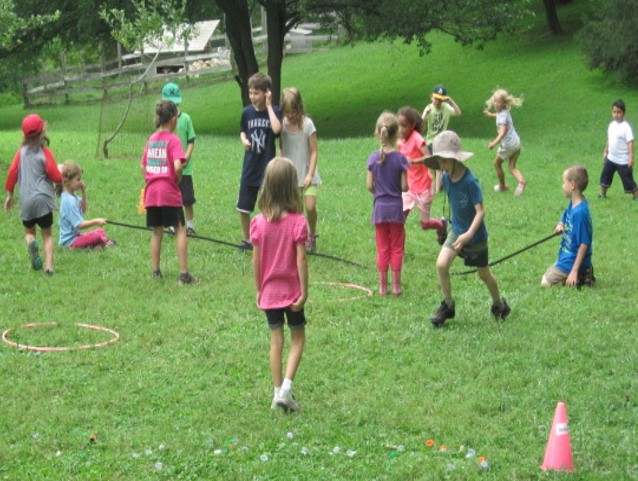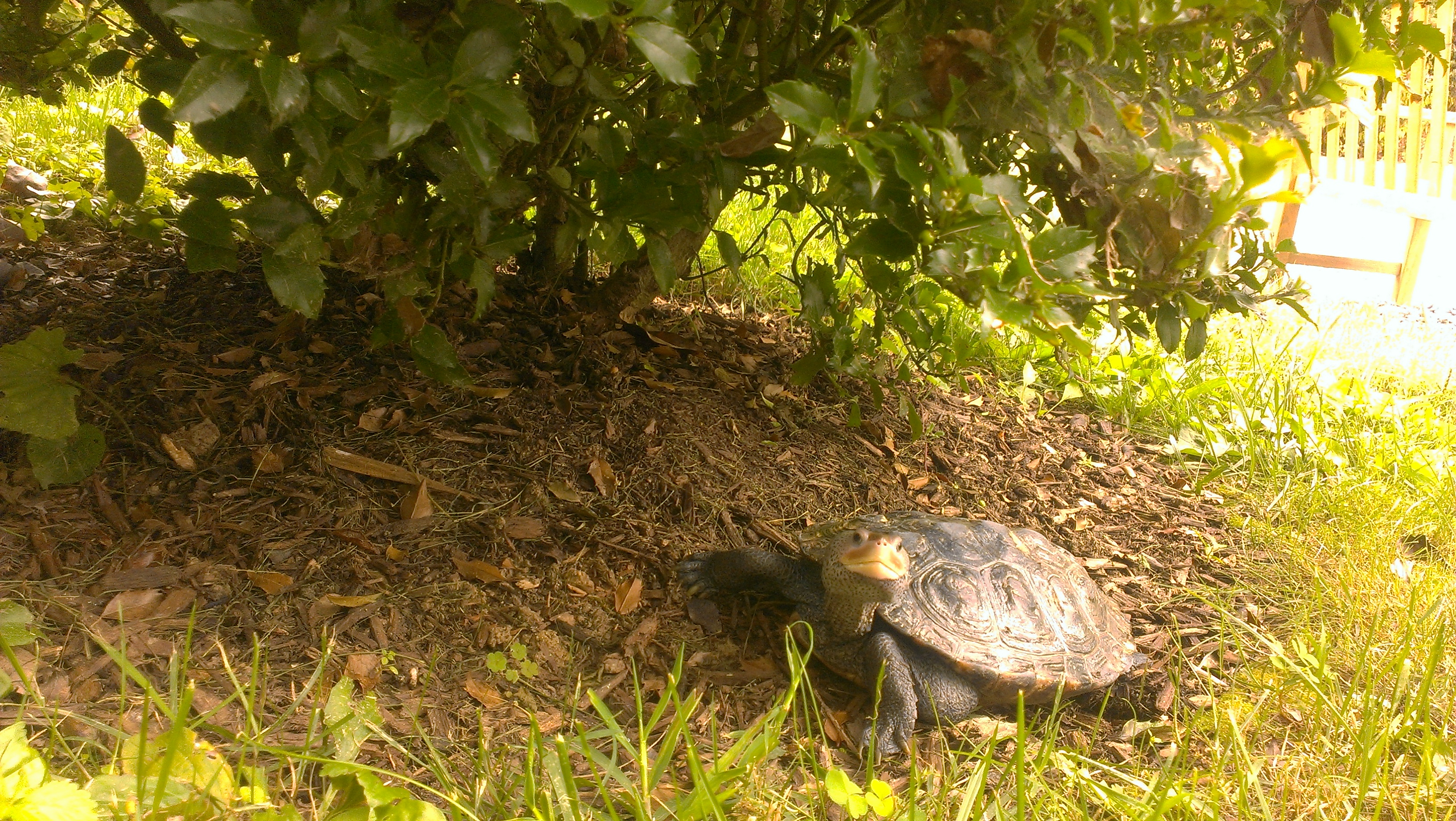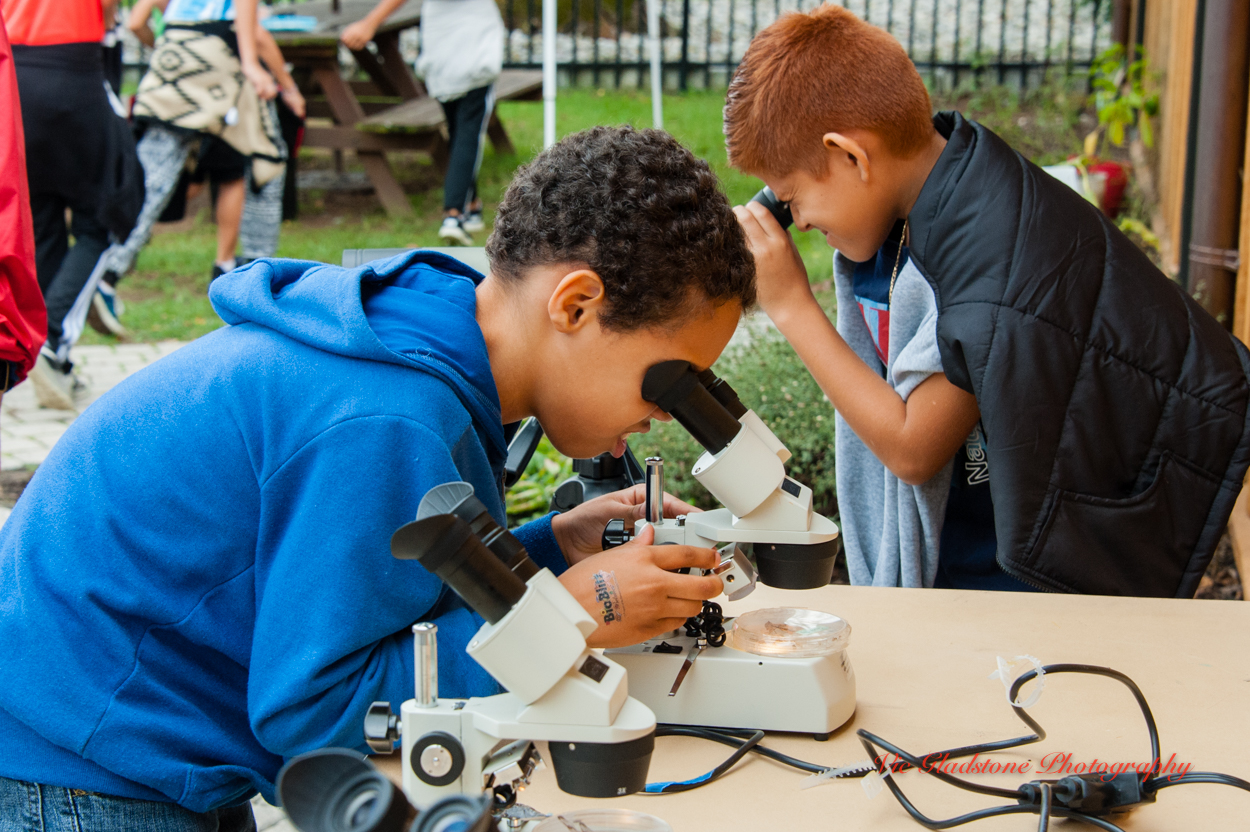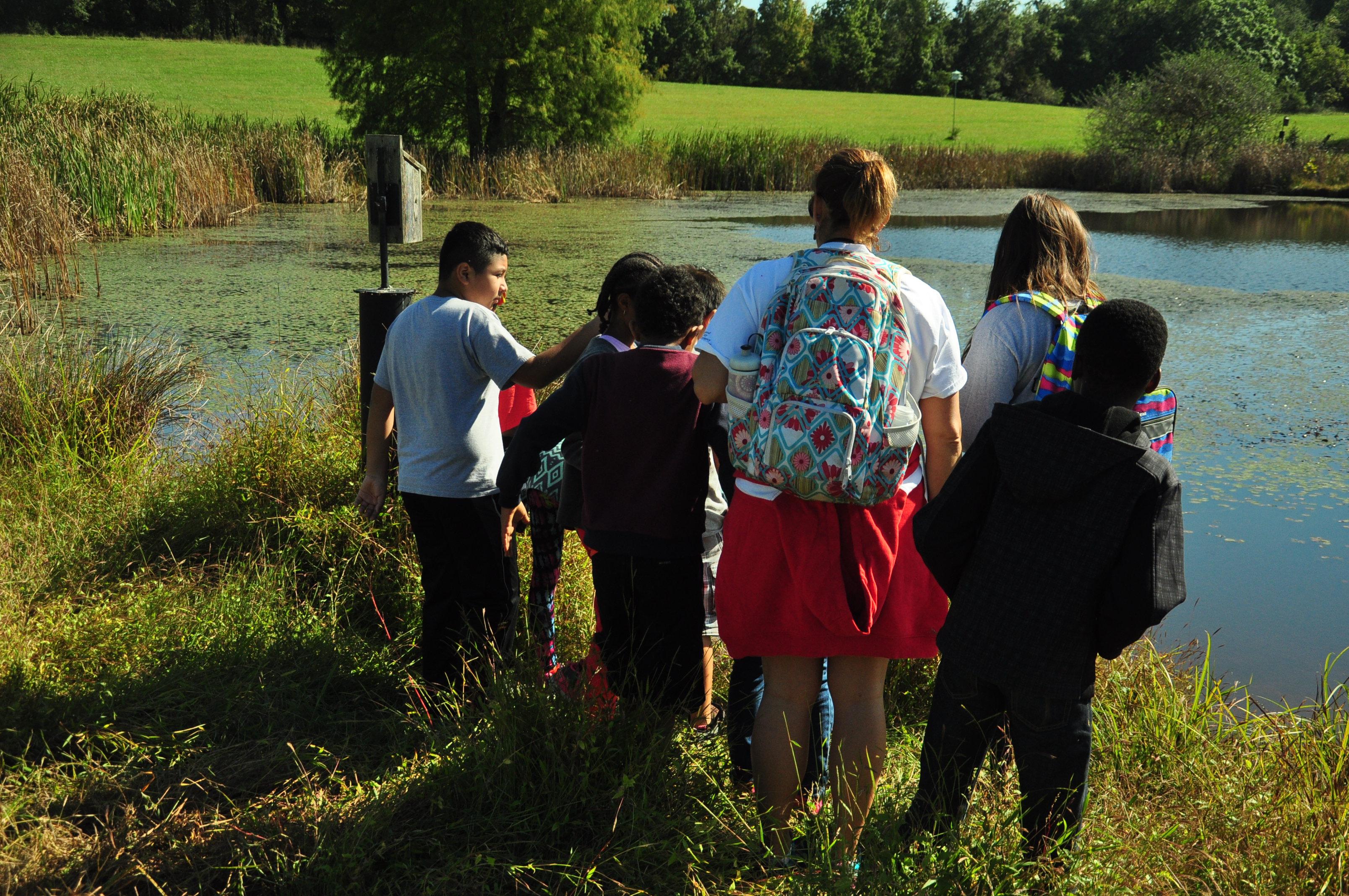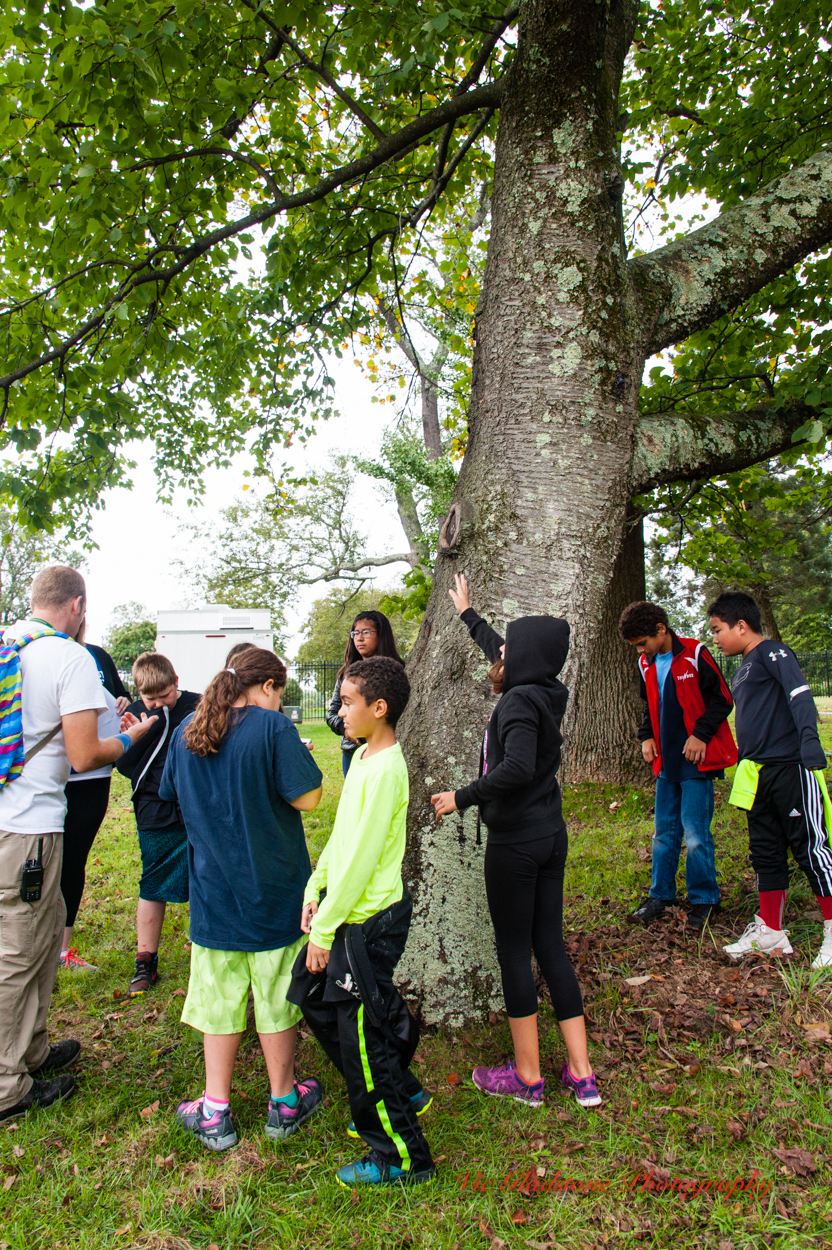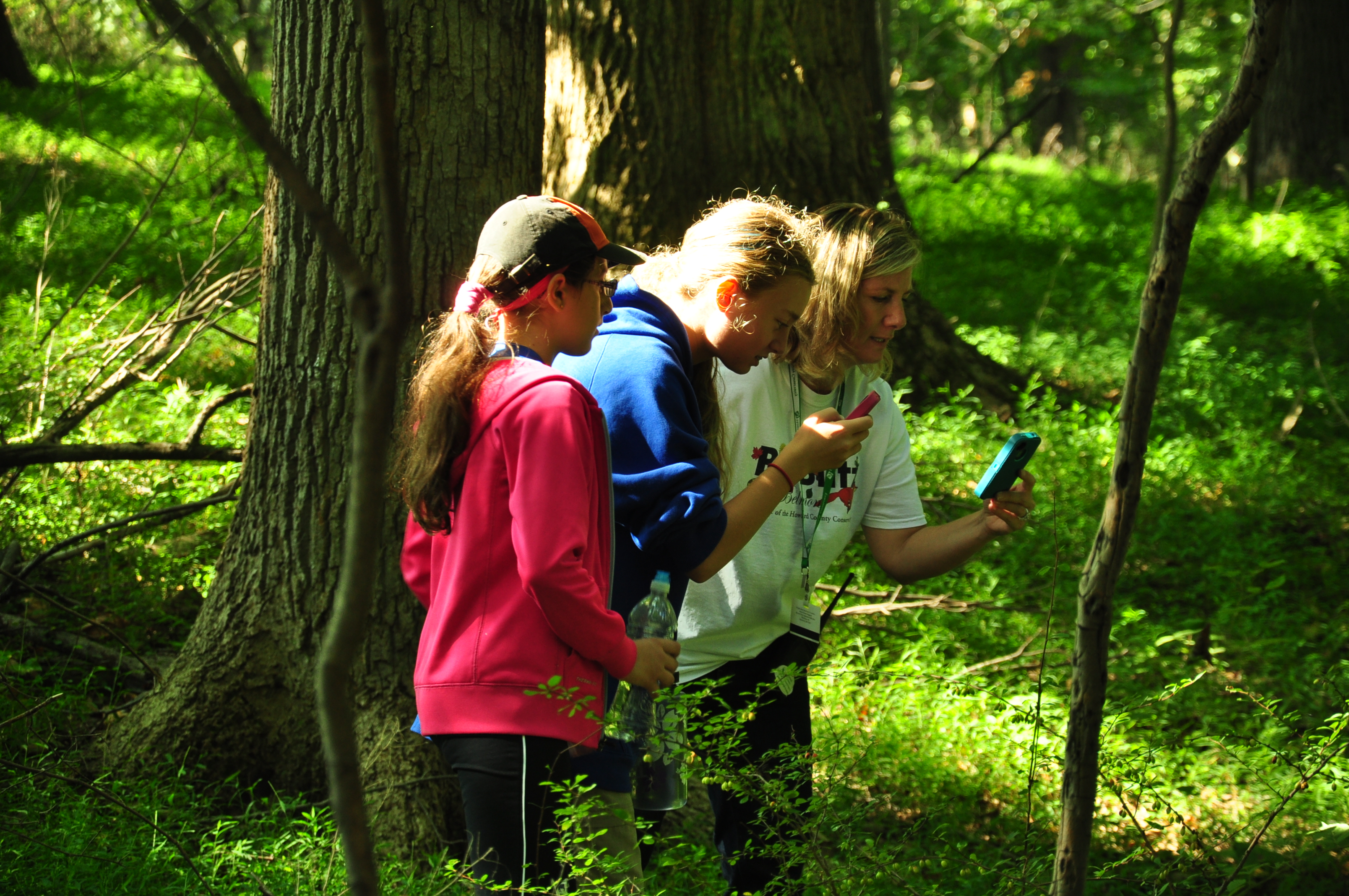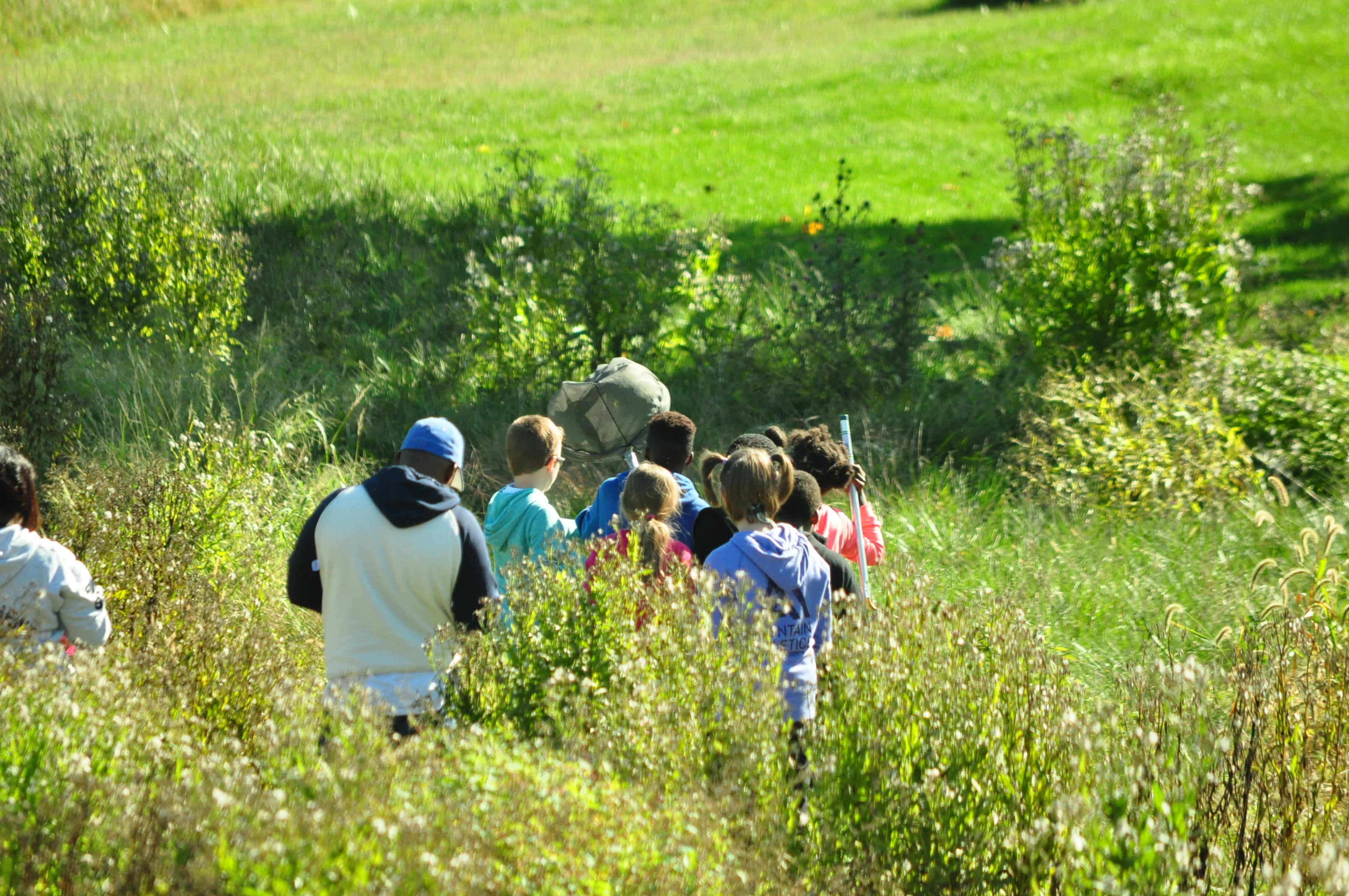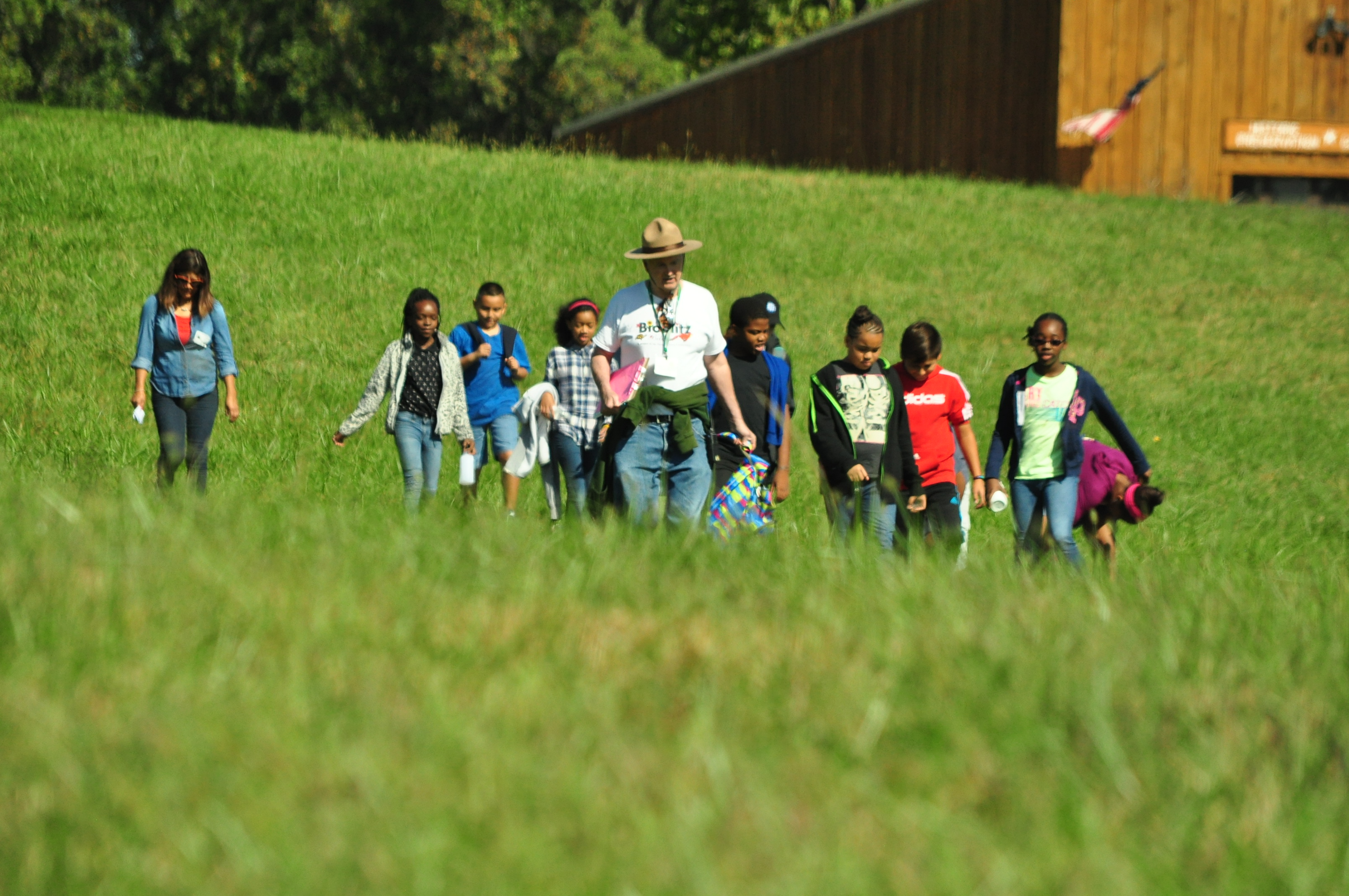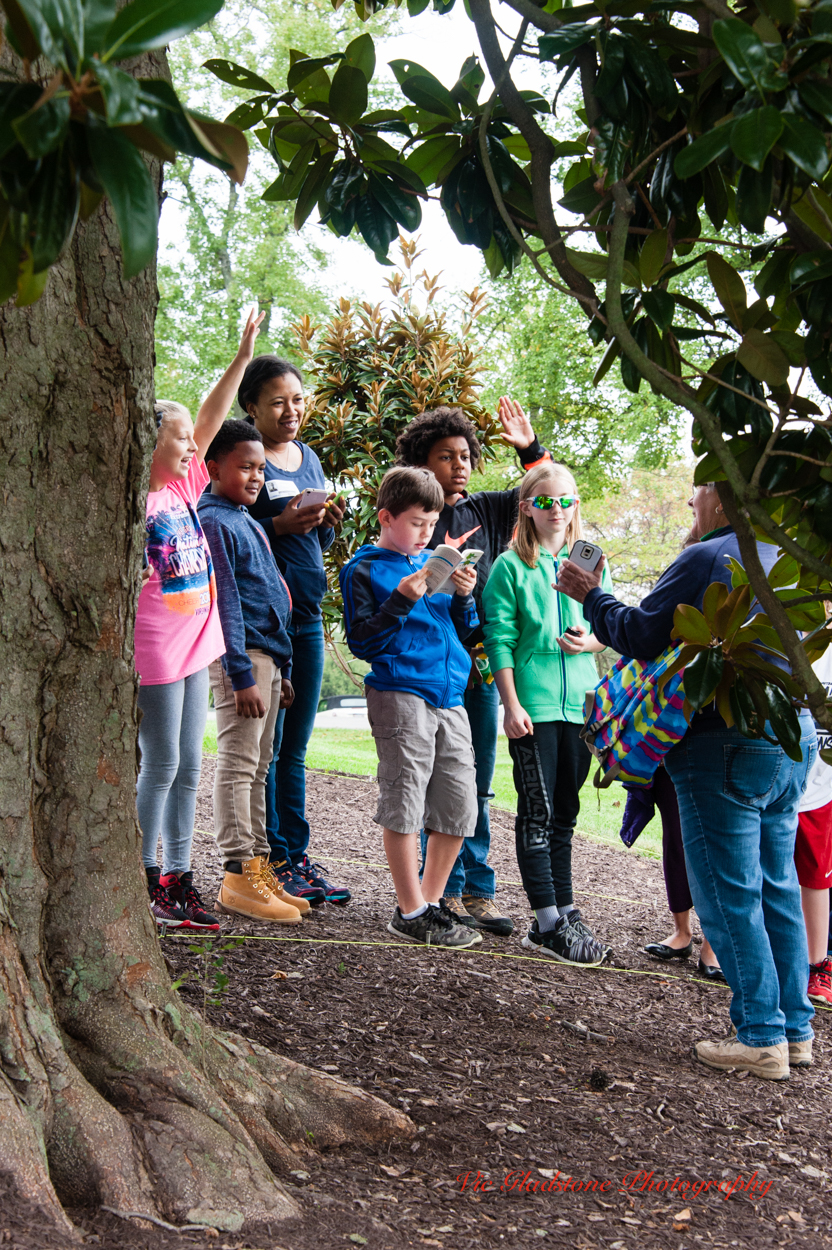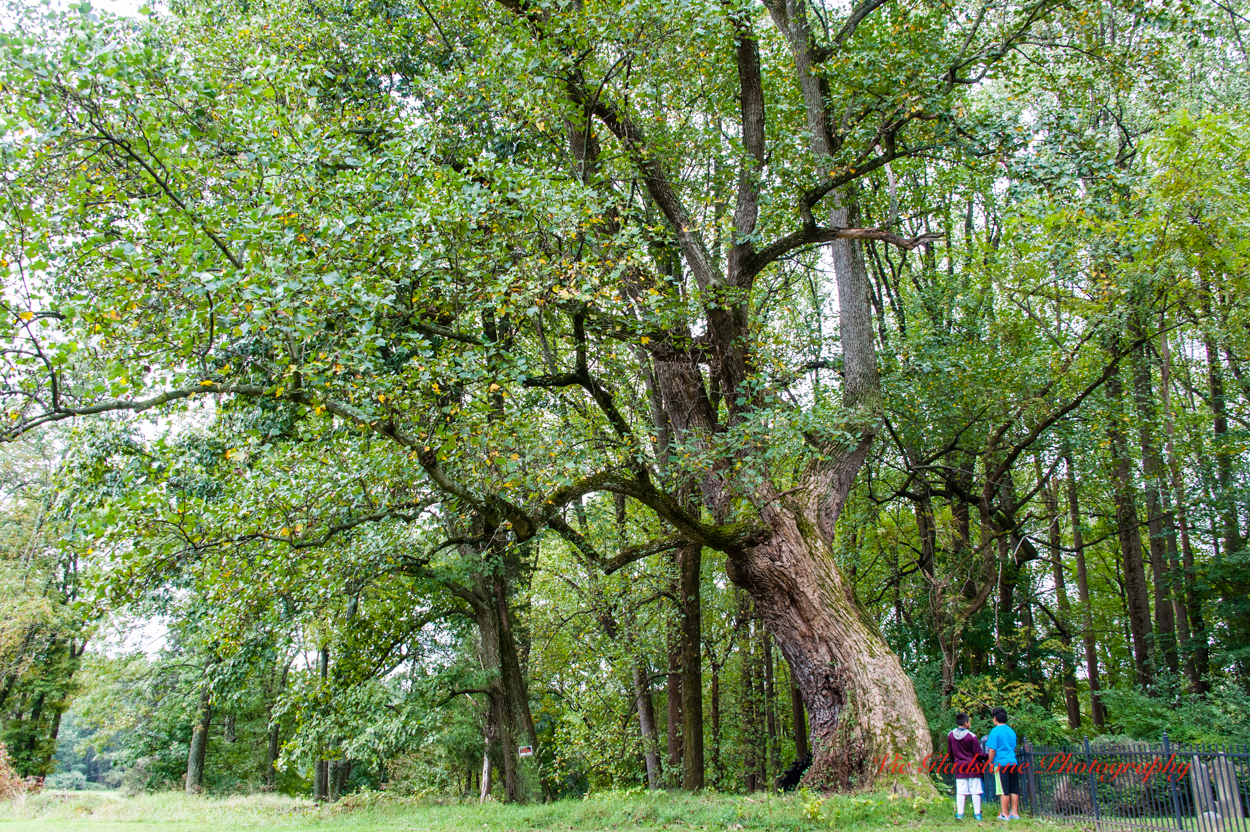Elementary School Field Trips
Nature Programs for Elementary School Students
Join us for half-day programs featuring guided nature walks, environmental games and hands on investigations. All programs are aligned with HCPSS science curriculum, Environmental Literacy Standards and Next Generation Science Standards and encourage children to become engaged, to explore, and to explain what they observe. The Nature Programs also serve as an extension of concepts presented in the classroom. Elementary school programs take place in the morning, with an optional extension for lunch on-site. K-5 field trips are offered at our Mt. Pleasant location. If you are interested in becoming a Volunteer Naturalist, please use the contact form below to get information about our next training sequence.
CONTACT US TO BOOK NOW
To book your field trip or ask questions of our Education Staff, email us or call our offices at 410/465-8877
Kindergarten Program (Fall or Spring)
Wild Exploration
Hike around the farm to discover animal pelts, skulls, tracks, nests and other evidence of wildlife. Meet our resident terrapin, discover ways that plants, animals and humans share resources, and discover how students can help protect the habitats of the animals they meet. Field trip length: 1 hour 45 minutes
- HCPSS Science Curriculum: GK.Q1 Scientists and Engineers; & GK.Q4 Relationships in the Ecosystem
- NGSS K-LS1-1. Use observations to describe patterns of what plants and animals need to survive.
- K-ESS2-2. Learn how plants and animals can change the environment to meet their needs.
- K-ESS3-3. Communicate solutions that will reduce the impact of humans on the environment.
- Environmental Literacy Standard 4: Populations, Communities and Ecosystems
First Grade Program (Fall or Spring)
Owl’s Observations
Students will meet our resident barred owl and learn about survival from egg to adult. Search our meadows and forests for signs of animals and their homes and discover how the external features of an animal help it survive in the wild. Field trip length: 1 hour 45 minutes
- HCPSS Science Curriculum: G1Q1 Plant and Animal: Structure and Function
- NGSS 1-LS1-2. Determine patterns in behavior of parents and offspring that help offspring survive.
- 1-LS3-1. Observe and argue that young plants and animals are like, but not exactly like, their parents.
- Environmental Literacy Standard 4: Populations, Communities and Ecosystems
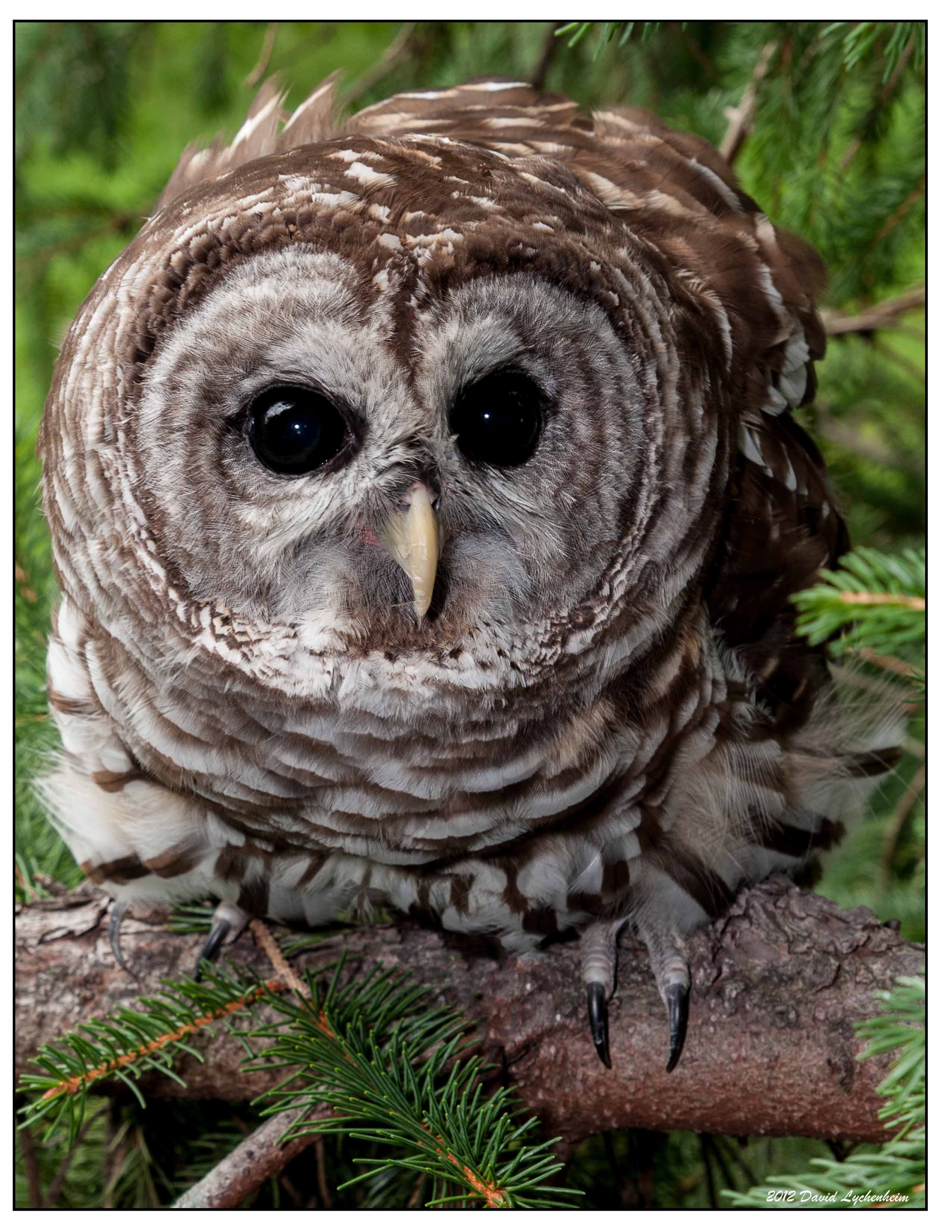
Second Grade Program (Fall or Spring)
The Science of Soil
Students get their hands dirty as they explore the changing landscape. Students will create soil ribbons to classify soil texture, discover the rocks beneath us, evaluate ways to prevent erosion, and gain a greater appreciation for the importance of soil in the lives of plants and animals. Field trip length: 1 hour 45 minutes
- HCPSS Science Curriculum: G2.Q2 Earth’s Features; & G2Q3 Earth’s Changing Landscape
- NGSS 2-PS1-1. Describe and classify materials by observable properties.
- 2-ESS1-1. Provide evidence that Earth events can occur quickly or slowly.
- 2-ESS2-1. Compare solutions designed to prevent wind or water from changing the shape of the land.
- Environmental Literacy Standard 2: Interactions of Earth’s Systems
- Environmental Literacy Standard 5: Humans and Natural Resources

Third Grade Program (Fall or Spring)
Pollinators, Habitats and Homes
Students hike through meadows to the stream to track native animals. They will visit our owl, terrapin, and black rat snake, evaluating the traits that allow individuals in a species to thrive in different ecosystems. Early fall trips may also explore monarch butterflies and how we can all work to protect them. Spring programs will focus on insect habitats and adaptations as we discover the mysteries of the bees
and butterflies along our pollinator trail. Field trip length: 1 hour 45 minutes
- HCPSS Science Curriculum: G3.Q1 Inheritance and Variation of Traits; & G3.Q4 Interdependent Relationships in Ecosystems
- NGSS 3-LS3-2. Explain how traits can be influenced by the environment.
- 3-LS4-2. Explain how the variations in a species may provide advantages in surviving, finding mates, or reproducing.
- 3-LS4-3. Argue from evidence that in a particular habitat some organisms can survive well, some survive less well, and some cannot survive at all.
- Environmental Literacy Standard 4: Populations, Communities and Ecosystems
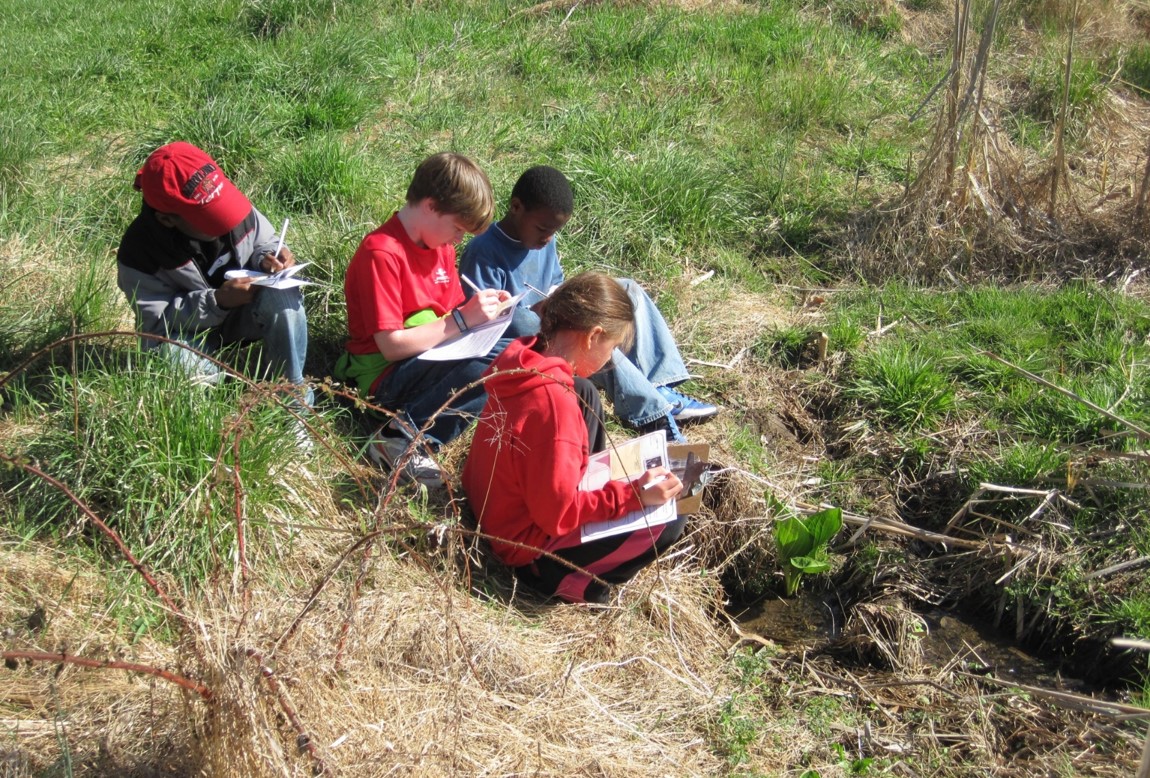
Fifth Grade Program (Fall or Spring)
BioBlitz
Students will investigate our forests and meadows as they search for species that call Howard County home. Nature discovery stations will include a guided investigation at the pond and a chance to meet an apex predator, such as a terrapin or owl. During the trip, students obtain, evaluate and communicate information about the interdependent relationships in ecosystems by investigating the plants and animals found in a given habitat. The information gathered on ArcGIS may be used in the classroom to support investigations into citizen science, ecosystems and energy transfer. Field trip length: 1 hour 45 minutes
- HCPSS Science Curriculum: G5Q1 Environmental Report Card; & G5Q4Matter and Energy in Ecosystems
- NGSS 5-LS2-1 Ecosystems: Interactions, Energy, and Dynamics. Develop a model to describe the movement of matter among plants, animals, decomposers, and the environment.
- 5-ESS3-1 Earth and Human Activity. Obtain and combine information about ways individual communities use science ideas to protect the Earth’s resources and environment.
- 5-PS3-1 Energy. Use models to describe that energy in animals’ food (used for body repair, growth, motion, and to maintain body warmth) was once energy from the sun.
- Environmental Literacy Standard 3: Flow of Matter and Energy
- Environmental Literacy Standard 4: Populations, Communities and Ecosystems
- Environmental Literacy Standard 7: Environment and Society
Cost
$10.00 per student. No charge for teachers and chaperones. If you have a small group of 20 students or fewer; please contact us to discuss rates.
Weather Policy
In the event of inclement weather, we will attempt to move portions of our program under cover. However, the hiking program is outdoors. We encourage children to get outside in a variety of weather conditions; please use your discretion should rain be forecast. In the event of heavy rain, thunder, or high winds programs will be rescheduled if possible.
CONTACT US TO BOOK NOW
To book your field trip or ask questions of our Education Staff, email us or call our offices at 410/465-8877

